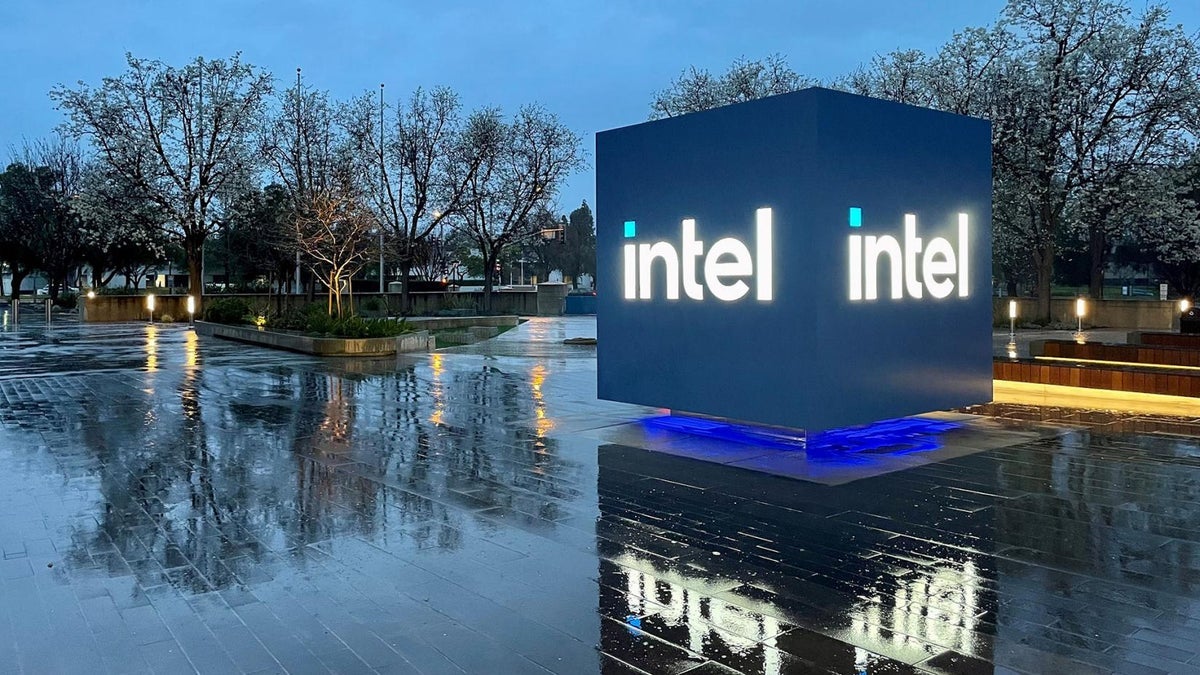
Gelsinger’s comment was meant to show how Intel would eventually match and then surpass the process leaders which are TSMC and Samsung Foundry. Intel’s 18A process node was supposed to kick off high-volume production later this year. This node is considered to be sub-2nm which would allow Intel to say that it has surpassed TSMC and Samsung Foundry for process node leadership in the industry.
It appears that Intel will engage in a dual-sourcing strategy that will use TSMC’s fabs to build its flagship chips. The in-house Intel Foundry Service (IFS) would be used to produce non-flagship chips. AMD recently announced that it was the first TSMC customer to place an order for 2nm production for its 6th-generation EPYC “Venice” processors. TSMC will be using the 2nm process node to build Apple’s A20 and A20 Pro application processors for the 2026 iPhone 18 line.
Intel will use its 18A node for Panther Lake SoCs and Clearwater Forest Xeon. This is a big sign for Intel since it means that it doesn’t plan on just dropping its in-house process nodes even if they won’t be used on flagship silicon.
This isn’t exactly what Gelsinger had in mind when he made it sound as though Intel was aggressively going after TSMC and Samsung Foundry and would overtake them by 2025. But Gelsinger is gone after a tough year that saw the company lose $18.8 billion (which included write-offs). The market is questioning whether Intel will be able to compete with TSMC in the contract chip manufacturing industry.
All Intel can do at this point is sweep 2024 and 2025 under the rug and start all over again next year.









